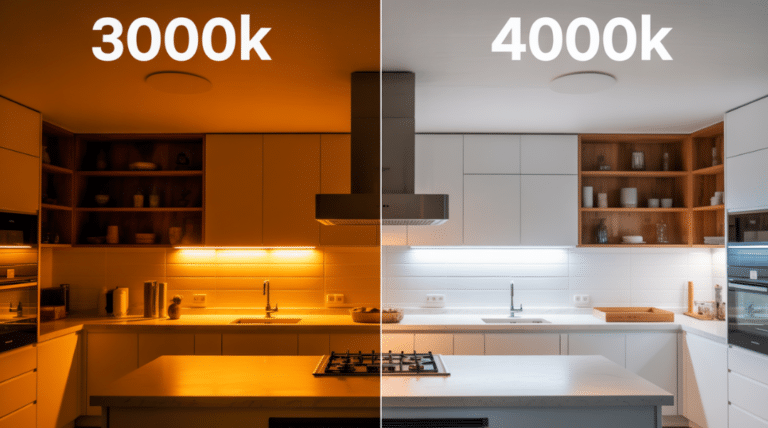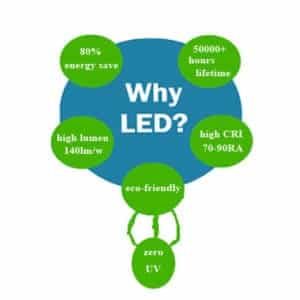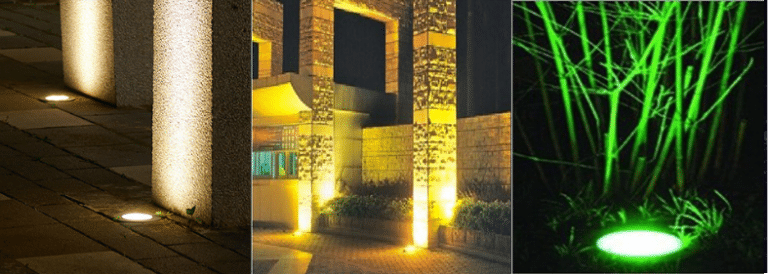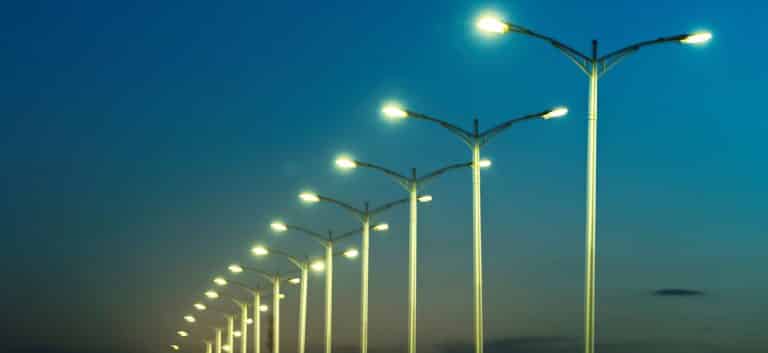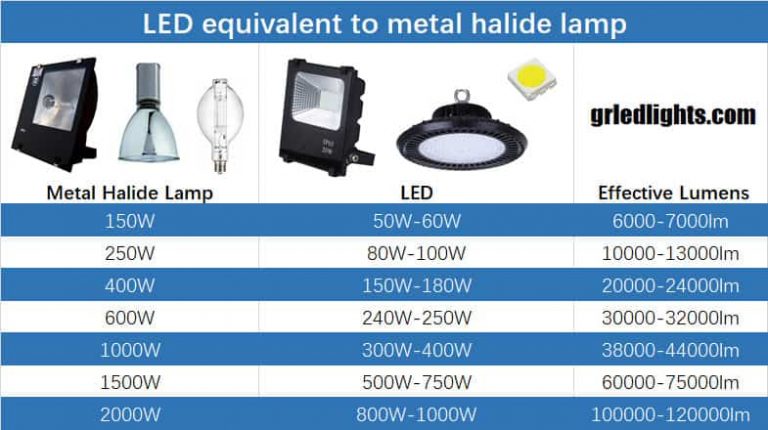
The beam angle is a very important technical parameter for LED lighting. It is one of the technical parameters that describe the active area illuminated by the lamp and plays an important role in the quality and effect of the light. Therefore, in the selection and use of LED lamps, we should pay attention to the definition and measurement of the beam angle in order to maximize the lighting effect of the led lights.
What is the beam angle of LED lamps?
According to the standards of the CIE International Commission on Illumination, on the plane where the beam axis is located, the center point passing through the front of the lamp is the axis, and the angle between the area of 50% of the peak central light intensity is called the beam angle, and the unit is °. To put it simply, the beam angle Usually reflected on the illuminated wall is the spot size and light intensity, and the directly below the light source is usually the brightest, the angle formed between the main axis with the strongest light source intensity and the position of 50% luminous intensity on both sides is the so-called The beam angle is as shown in the figure below:
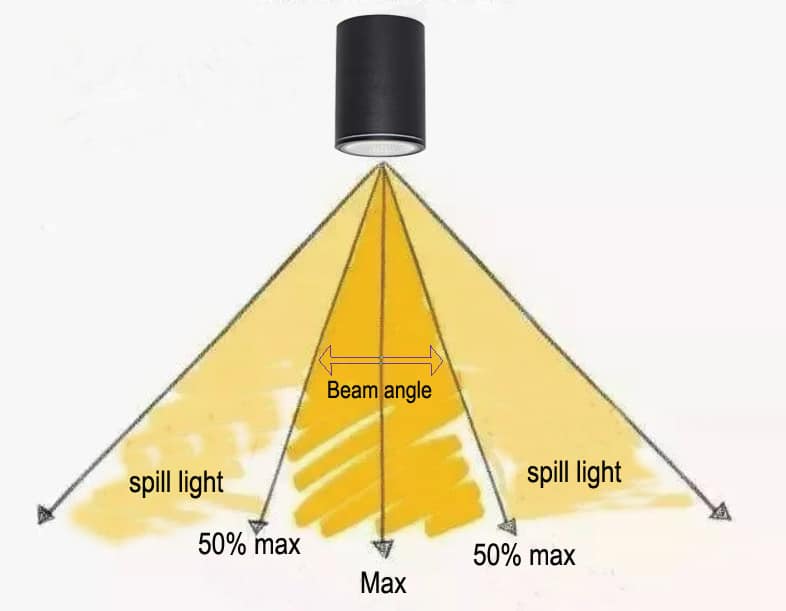
It is worth noting that the areas illuminated by different beam angles are different, and the spatial brightness within the beam angle will be relatively high. In the area outside the beam angle, because there is only indirect light illumination, the brightness will be lower.
What is the relationship between the beam angle of the LED lamp and the spill light?
From the definition of the beam angle, it can be concluded that part of the light emitted by the entire lamp is not included in the range of the beam angle, and this range is generally called a spill light. So what is the relationship between the beam angle and the spill light?
If the same light source is used in reflectors with different angles, the larger the beam angle, the smaller the central light intensity, and the larger the spill light. The smaller the beam angle, the greater the ambient light intensity and the worse the scattering effect. Taking the common recessed adjustable downlight as an example, its beam angles are 10°, 24°, and 38°.
Take a look at the difference in their lighting effects. The picture below shows the effect of a spotlight with the same power and different beam angles on the wall:
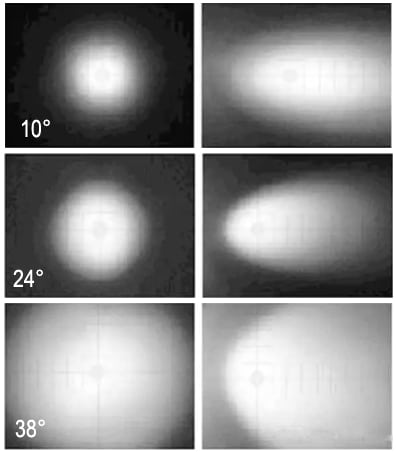
Attached are the schematic diagrams of the light distribution curves of the three beam angles:

We can see that the 10° downlight has a small irradiation range, and the center light intensity is the largest, which can form a strong contrast on the irradiation surface; the 38° LED downlight has a large irradiation range, but the center light intensity is the smallest, forming a strong contrast on the irradiation surface. The light spot is softer; the effect of 24° LED light is between 10° and 38°.
That is to say, for LED lights with the same power, the larger the beam angle, the smaller the central light intensity, and the softer the spill light. On the contrary, the smaller the beam angle is, the greater the central light intensity is, and the brighter the spill light will be.
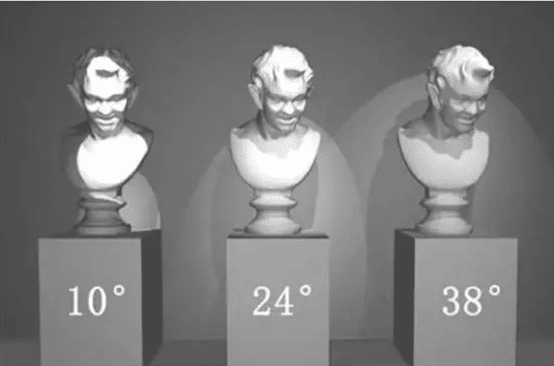
What beam angles are available in LED luminaires?
In practice, different beam angles have their own uses. Different types of LED lamps often have different lighting angles. For details, please refer to the following table:
| Category | Surface-led ceiling light | LED downlights | LED Spotlights | Outdoor façade lighting | UFO high bay led light | LED street light |
| Beam angle | 120°/140° | 60°/90°/120° | 15°/24°/36°/50°/60° | 5°/10°/30° | 60°/90°/120° | T1/ T2 /T3/T4/T5 |
How to choose a good beam angle for led lighting?
Even the same LED lamp will have different lighting angles. There is no best beam angle, only the right one. Generally speaking, light with a narrow beam angle has a better anti-glare function, but the area illuminated by the light source is relatively small. It can create a nice space atmosphere. But it will also form a relatively strong spatial brightness contrast. Common lights include spotlights.
The wide beam angle can form uniform lighting for the space because its light is relatively scattered, but it may be much weaker in creating the space atmosphere. Therefore, different beam angles should be selected according to the different spaces and application scenarios designed.
1. Led downlight beam angle
| Beam angle | 10°/15° | 24°/36°45° | 60°/90°/120° |
| Feature | Because the central light intensity is prominent and the spot range is relatively small, it is generally suitable for accent lighting | Because the central light intensity is prominent and the spot range is relatively small, it is generally suitable for accent lighting | The light from the lamps hitting the ground will be more scattered Light and dark levels are not so obvious, suitable for providing basic lighting |
| Application | Exquisite ornaments such as vases, or decorations create a little gorgeous light | It can be used as a wall washer downlight or as partial lighting. The light rubs against the wall and washes down the wall. It has the feeling of raising the ceiling and reducing the sense of occlusion in the space. or dining table lighting, museum murals, living room paintings | Corridors, hotel halls, halls of shopping malls, office lighting, etc. |
2. Led Floodlights beam angle
Traditional floodlights with reflectors generally have a beam angle of 120°, which is suitable for large-area illumination and is mostly used in wide places such as squares and high pole lights. The latest modular LED floodlights are mostly adapted to various PMMA lenses with different lighting angles. According to different usage scenarios, there are 25°, 45°, 60°, and 90°, polarized light similar to street lights 70*140° can be a Choice, mostly used for outdoor stadium floodlights for the football fields, court lighting, etc.
3. Led Street lighting beam angle
The lighting angles of LED street lights include TYPE 1, TYPE 2, TYPE 3, TYPE 4, TYPE 5, etc., which can be selected according to the width of the road. Please refer to this blog “Lighting distribution about led street lights”.
4. Outdoor led facade lighting beam angle
This kind of lamp is often used for the lighting of the outdoor wall of the hotel, and the landscape lighting of bridges and parks, so as to highlight the characteristics of the illuminated objects at night. The light angle should be 30° or lower than 30° LED linear wall washer light or outdoor projection light.

Hello, customers
My name is Ricky Wang, I’m the business manager of GRNLED. I have been in LED lights industry for more than 10 year. Feel free to contact us. I’m happy to provide you the best service and products.
Email: info@grnled.com | WeChat: ledfixture

